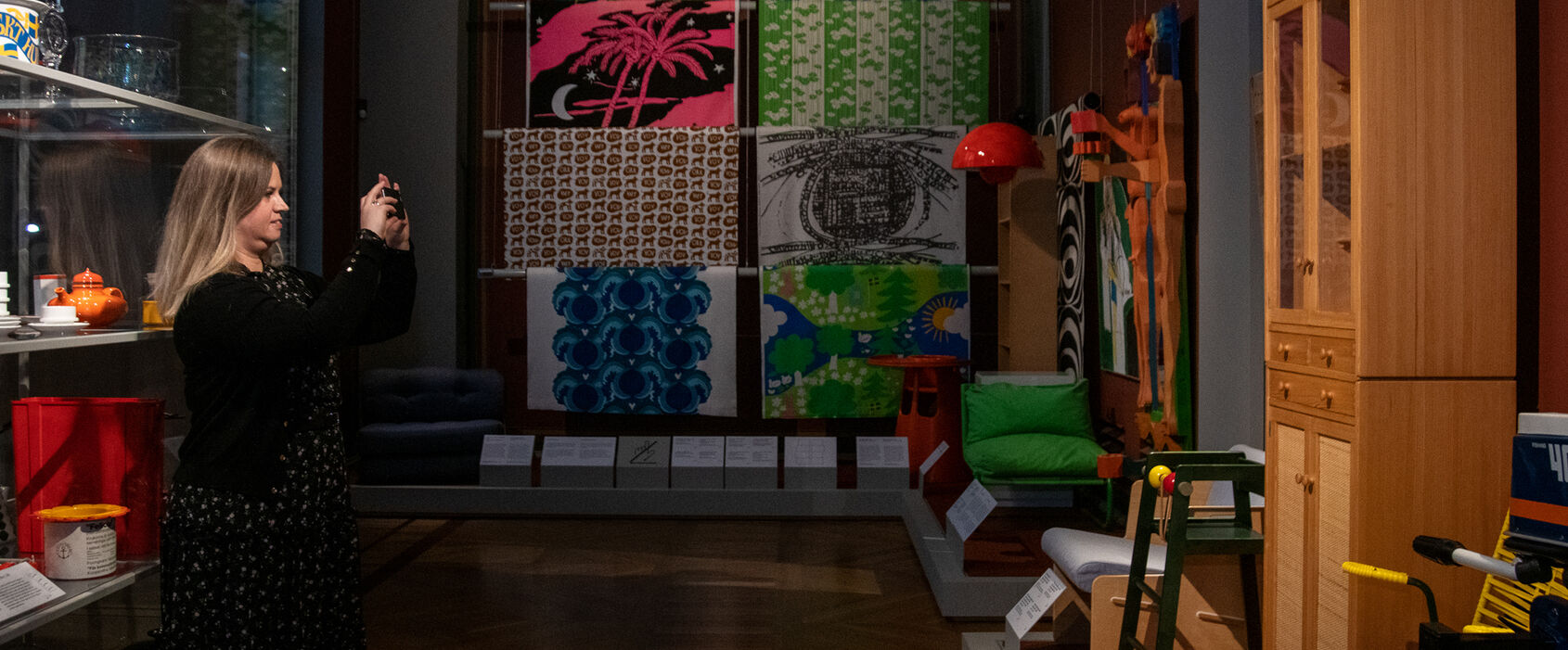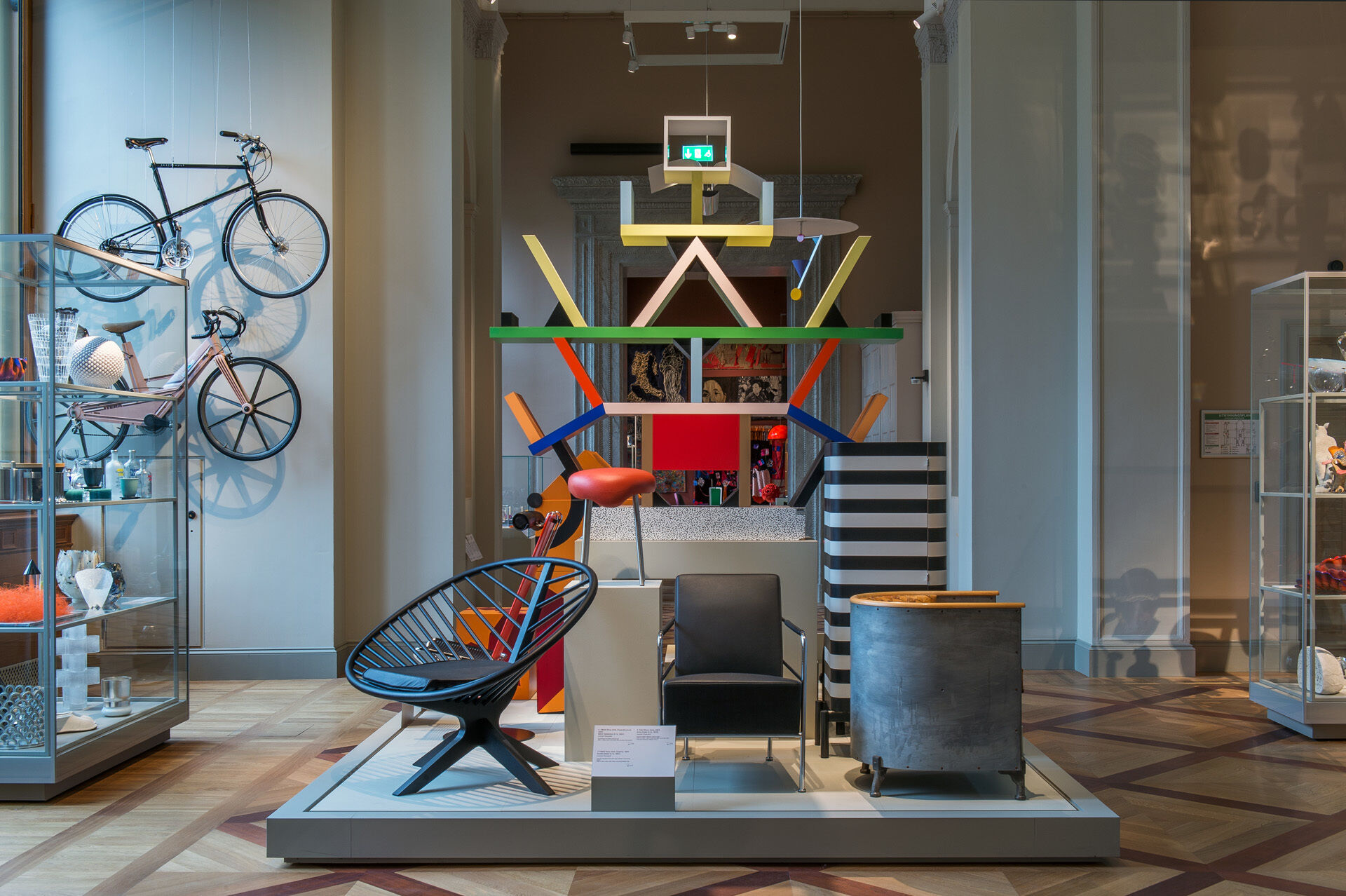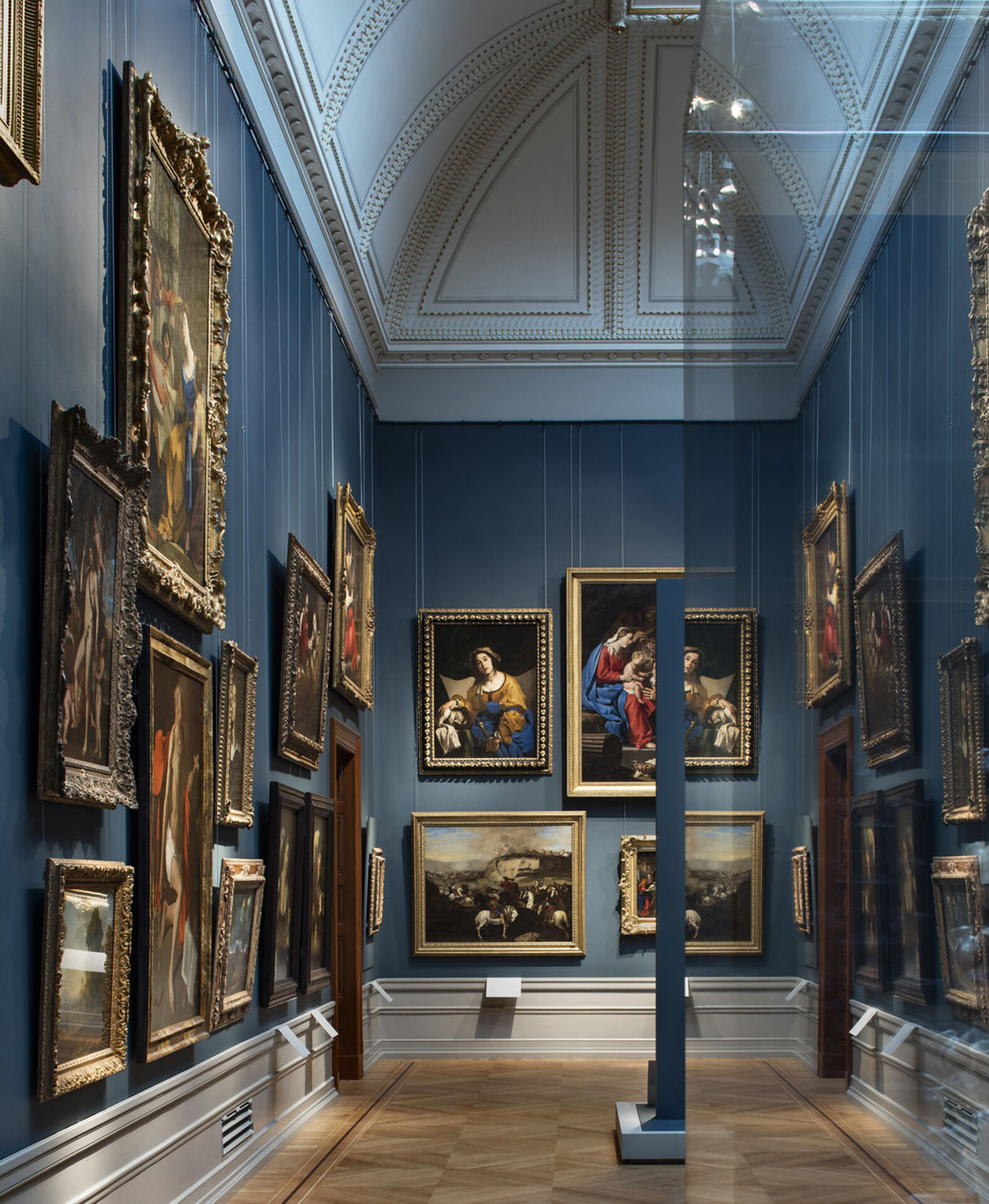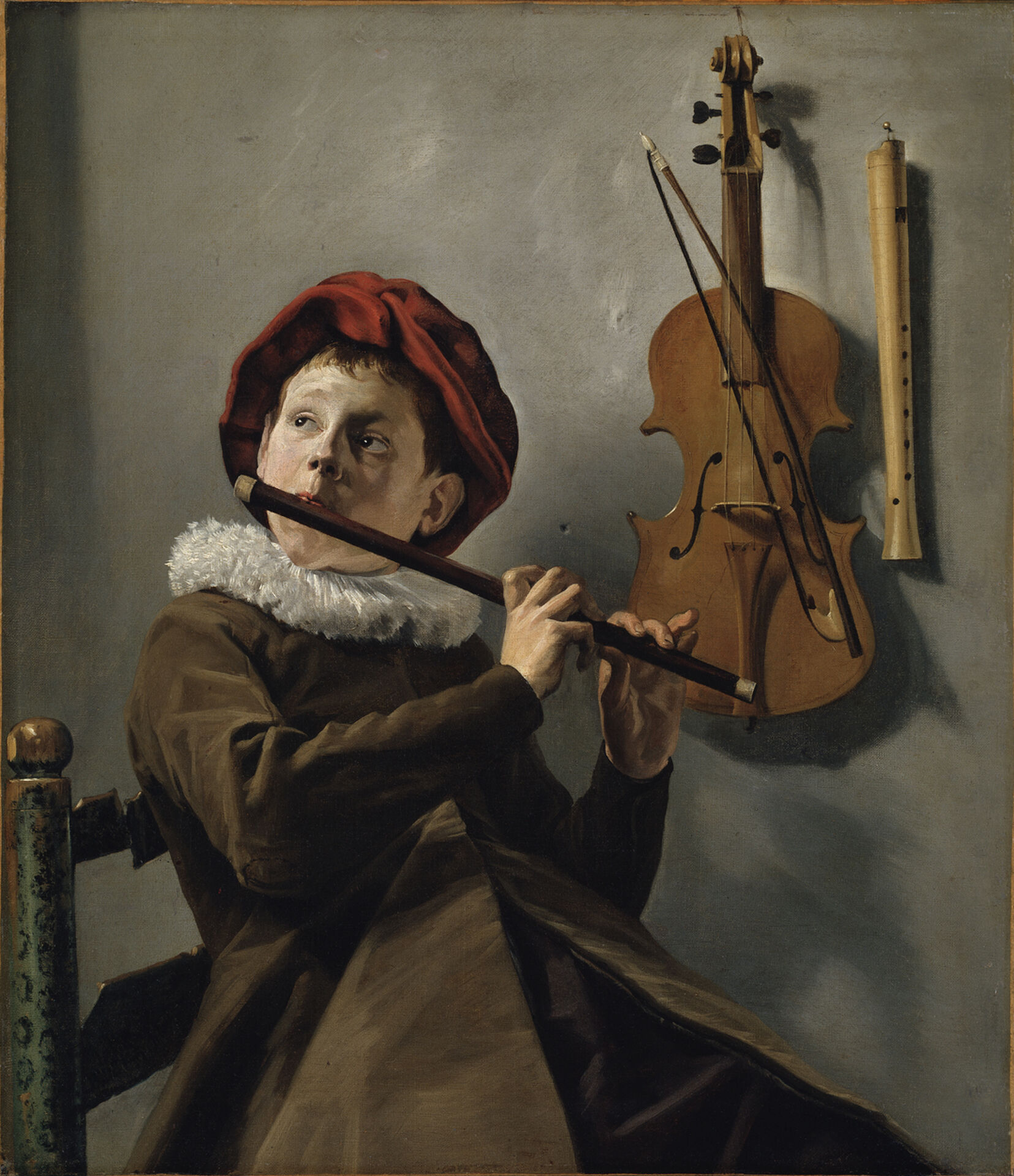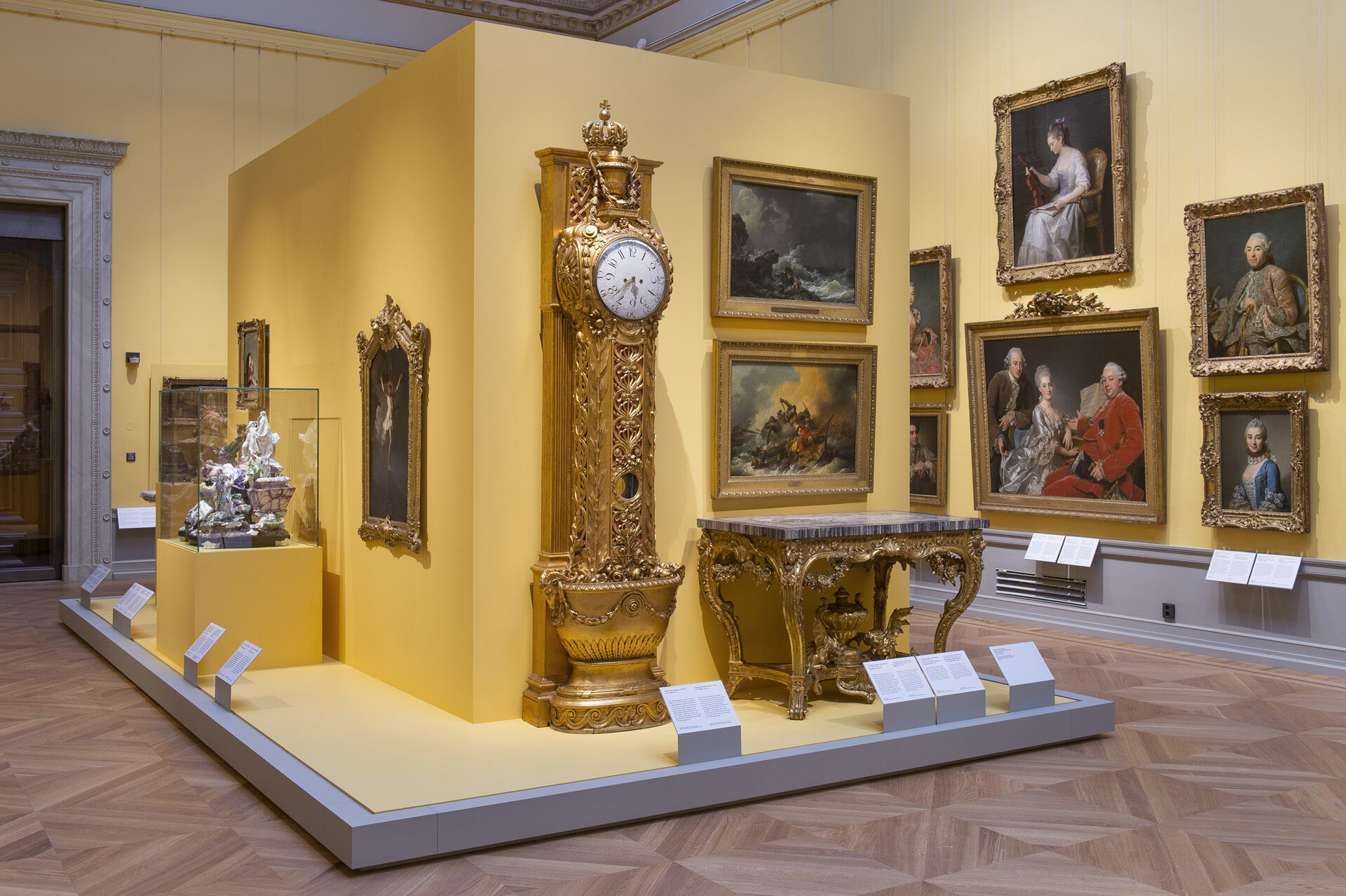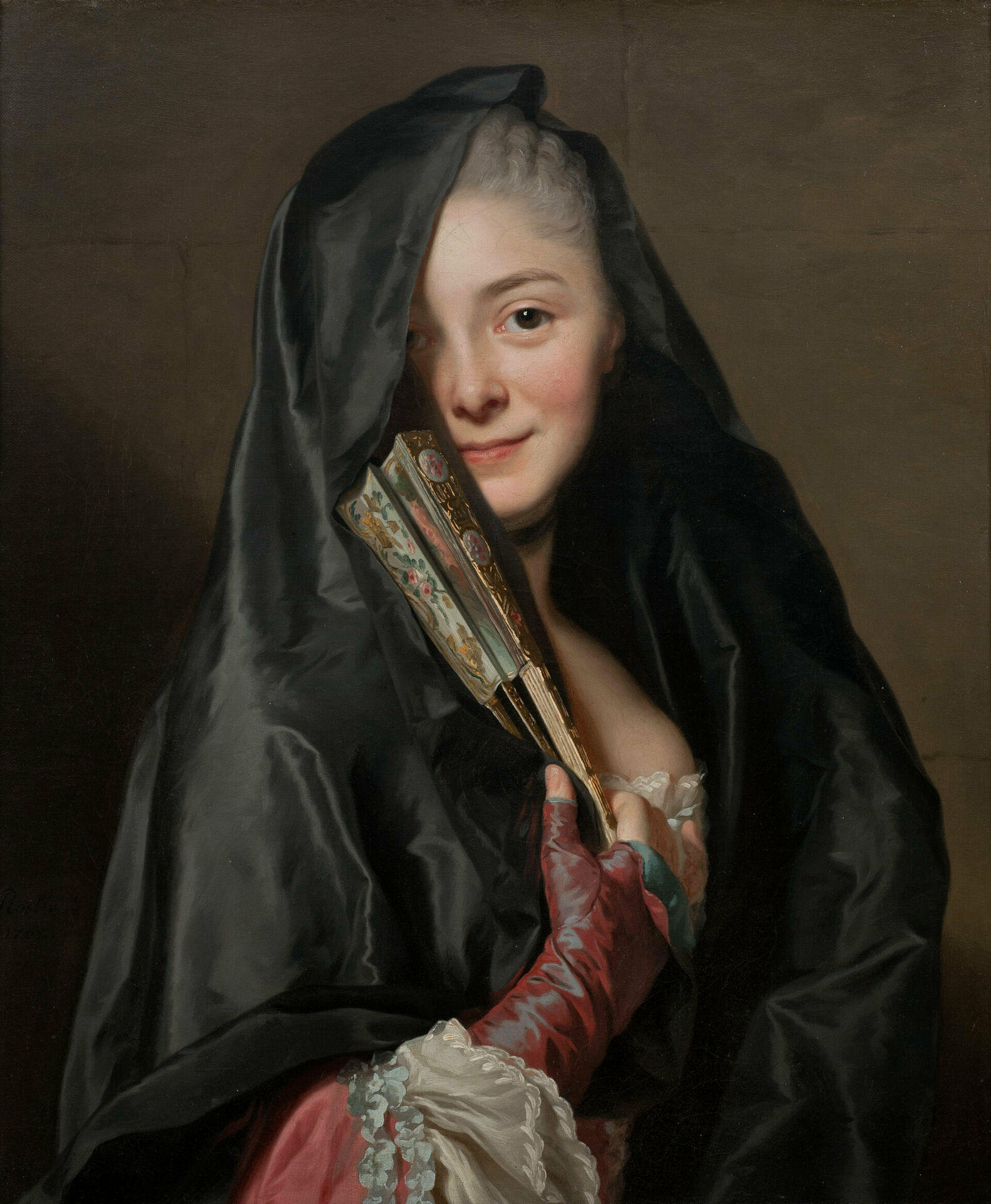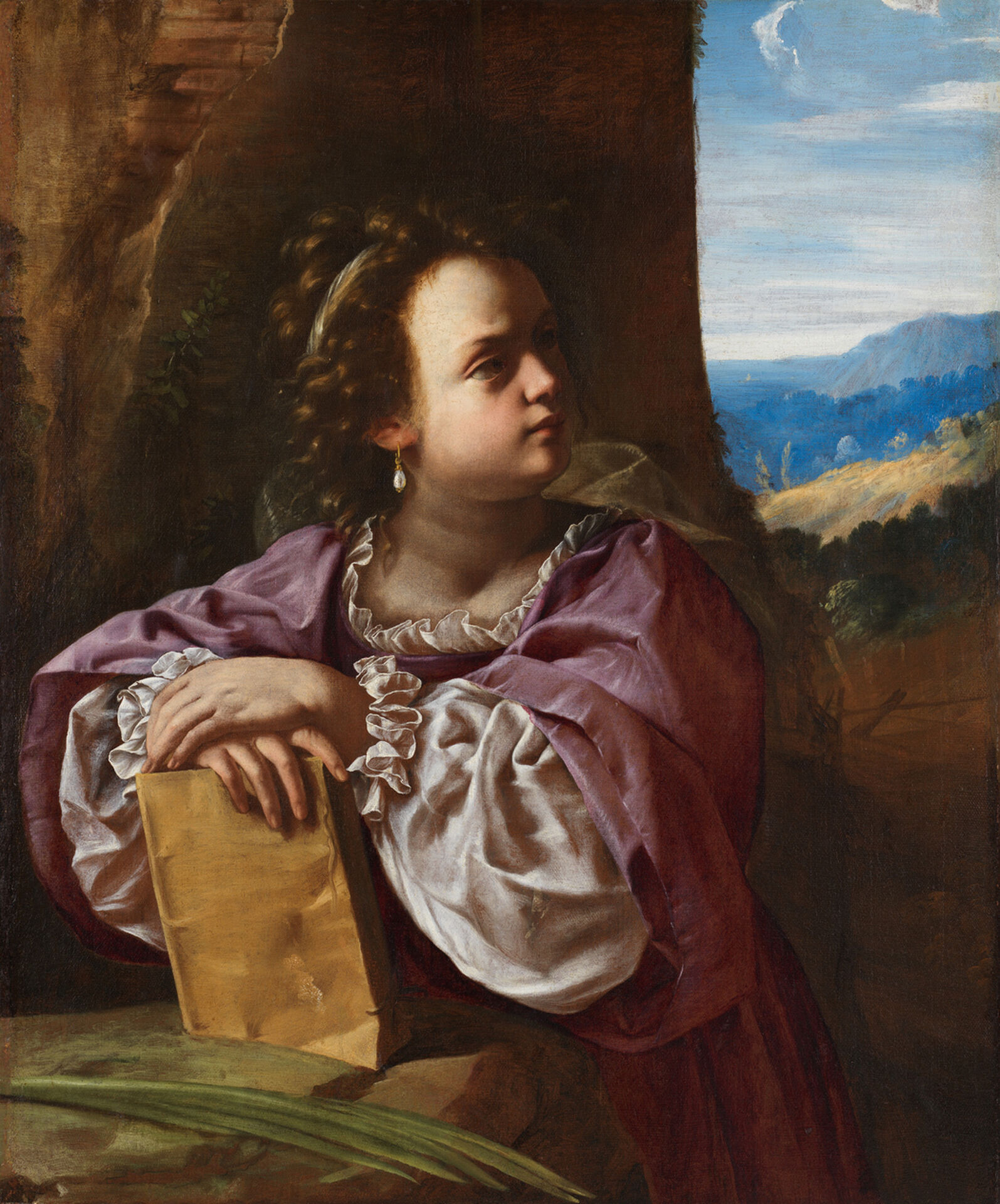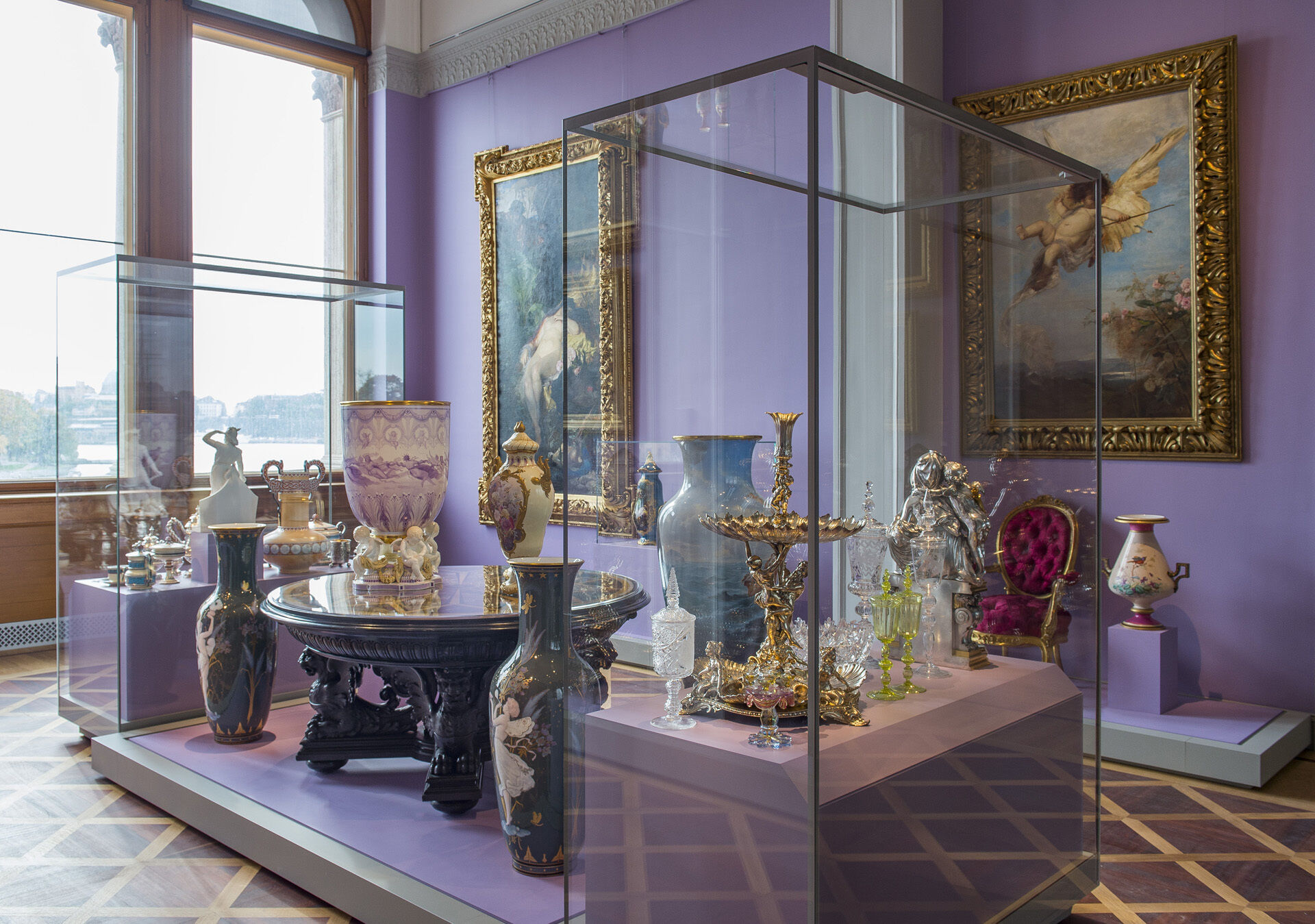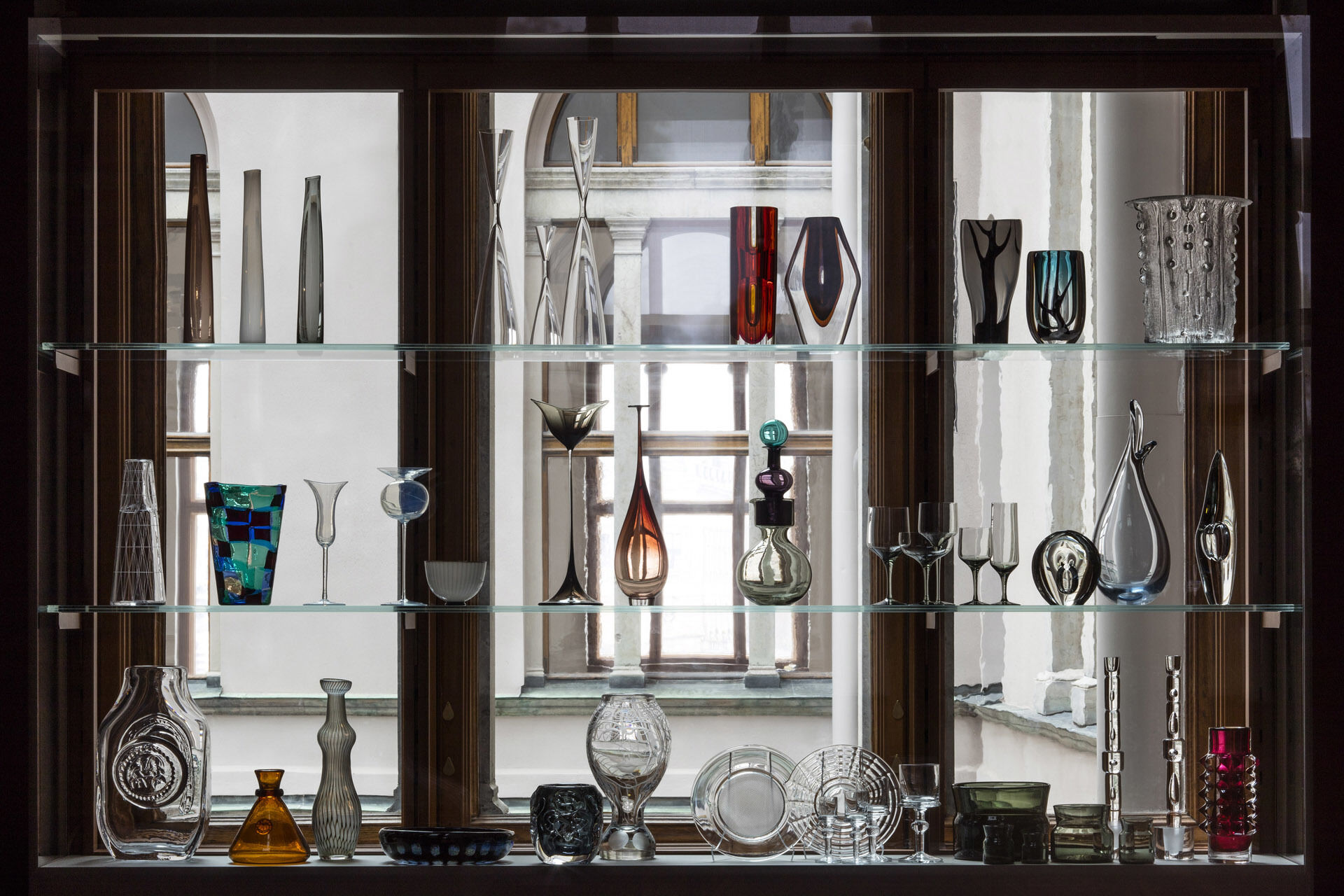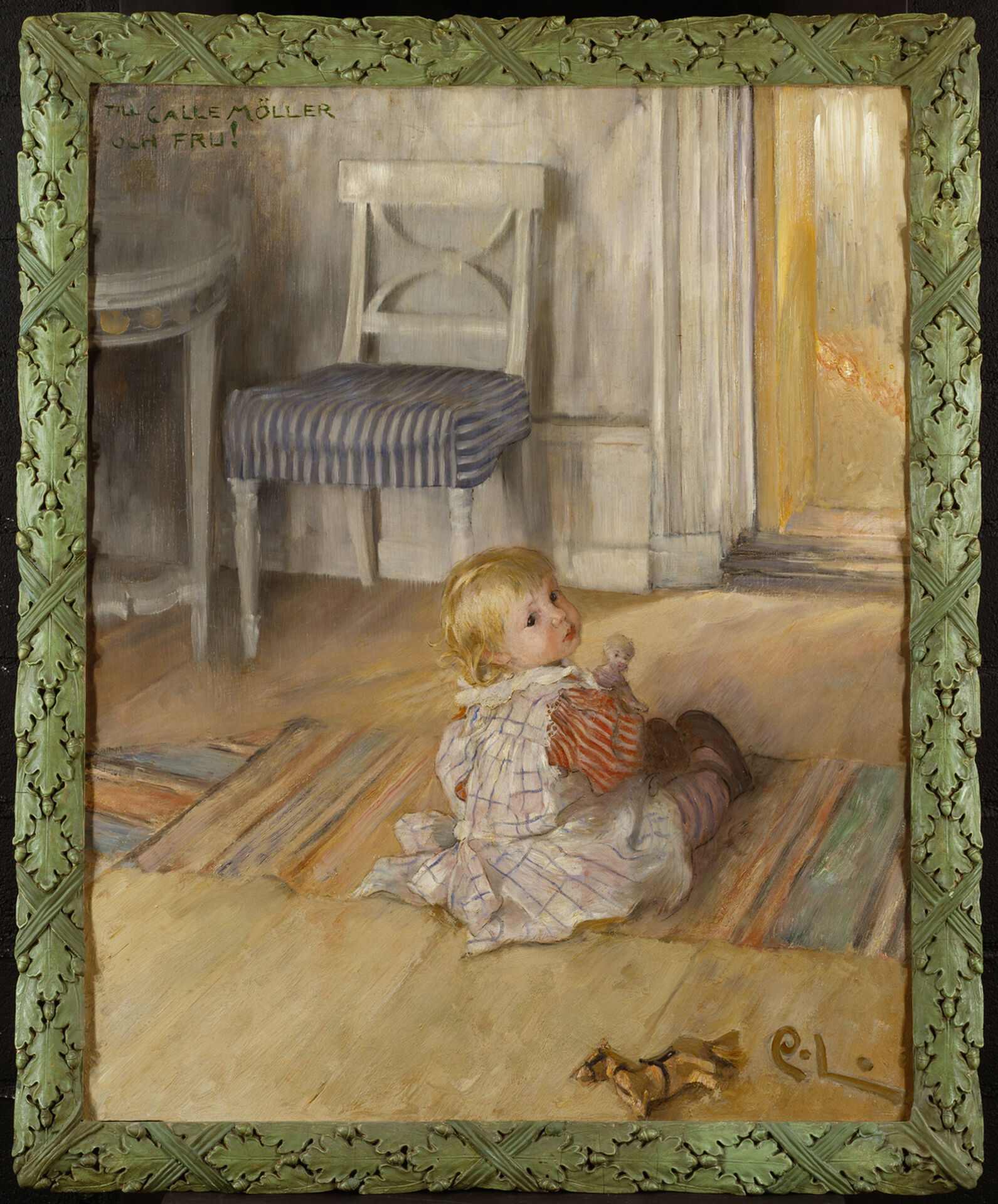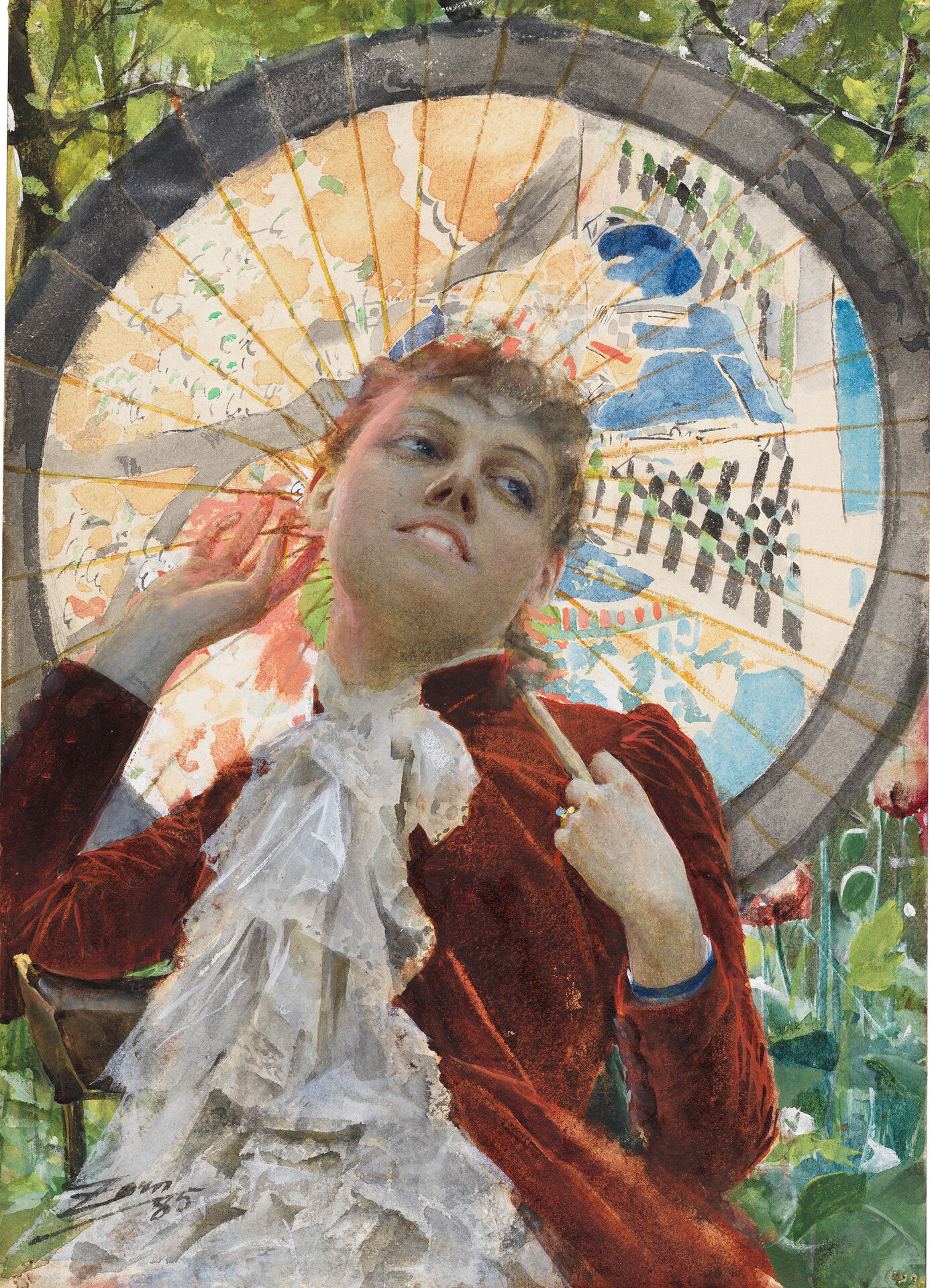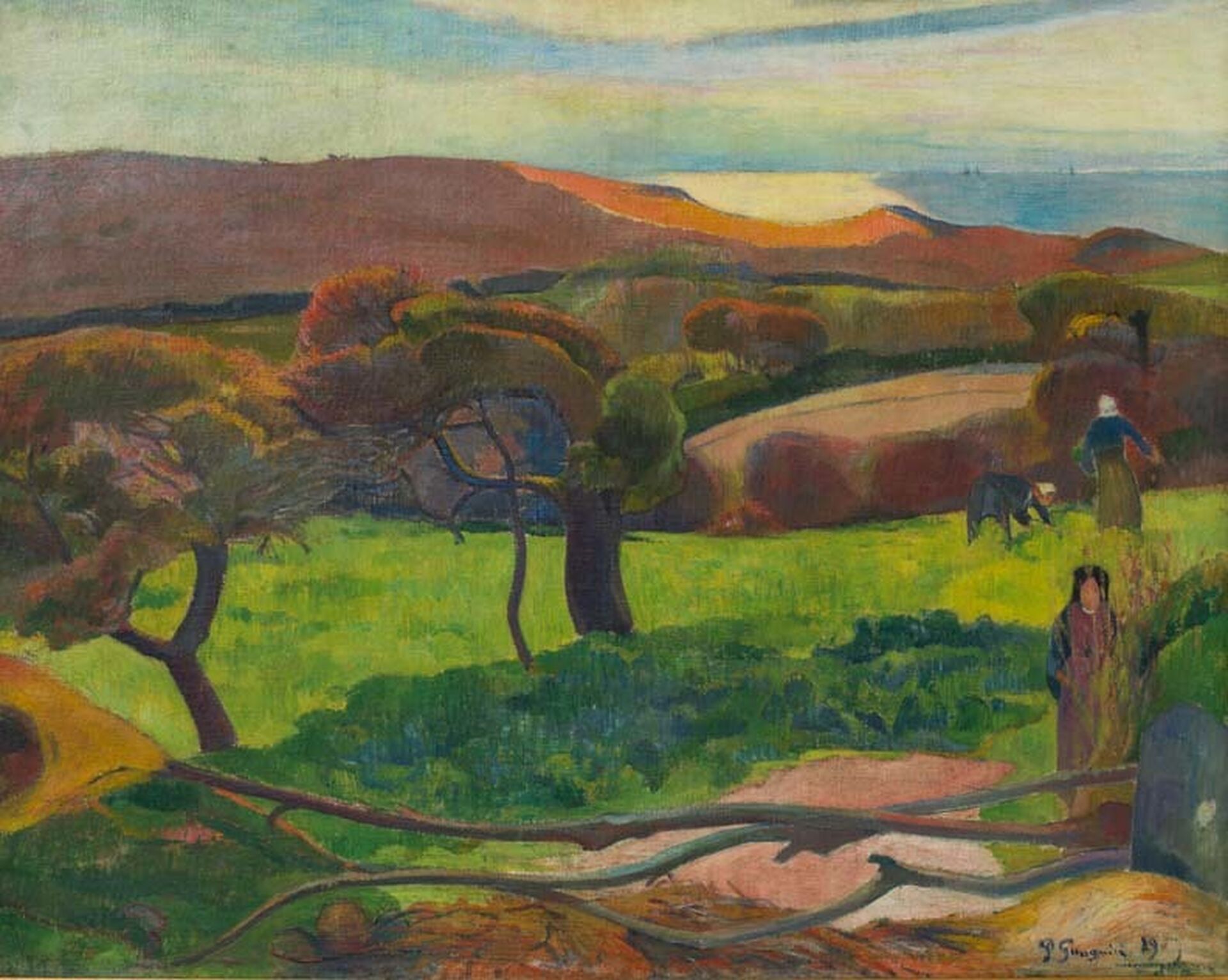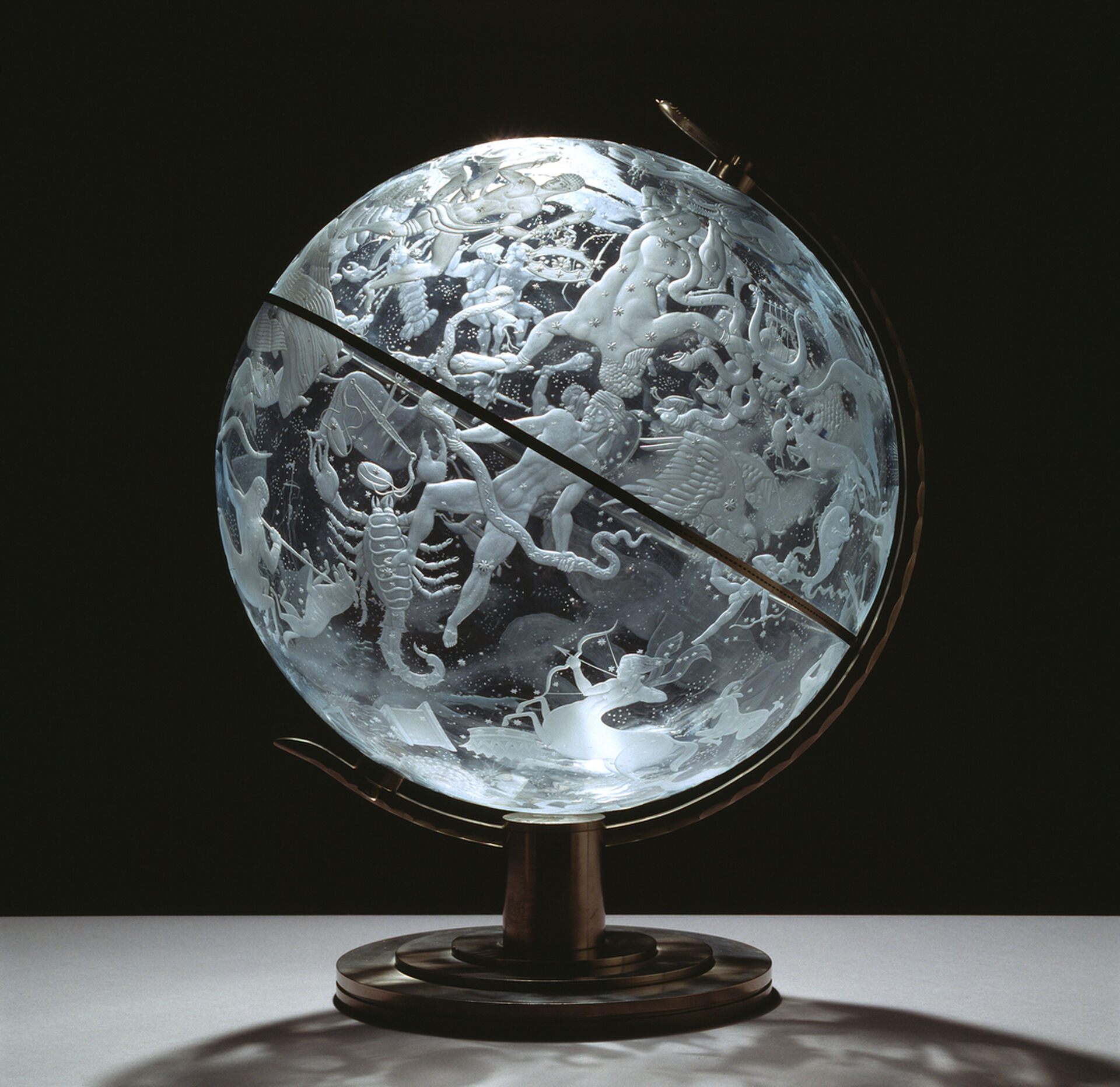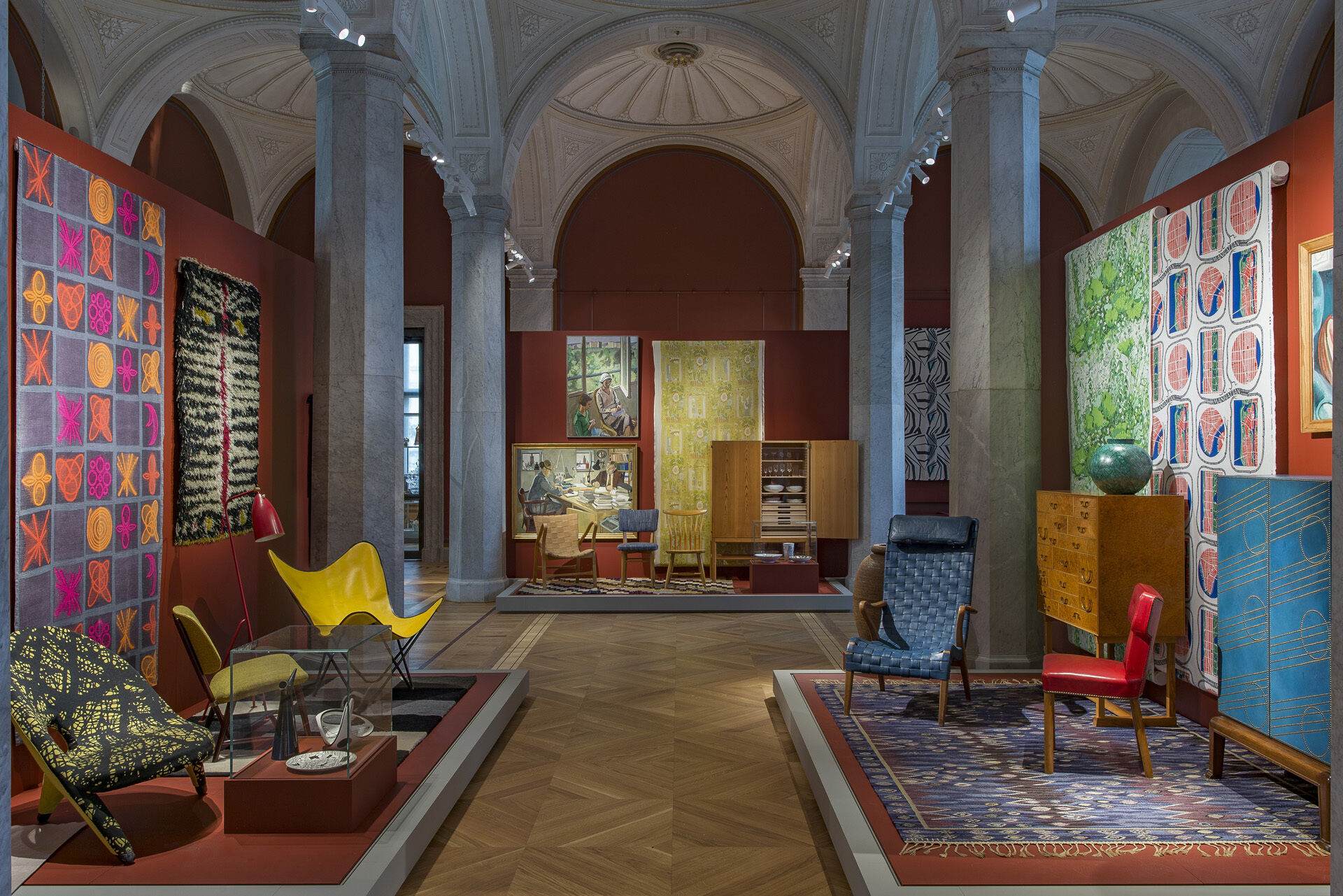Join us on a journey through the history of European art and experience famous highlights and other gems from the 16th century to today. More than 5,000 paintings, drawings, sculptures, applied arts and design objects are waiting for you to discover them.
Our collections are presented chronologically and follow an imaginary timeline through the building. This allows you to easily navigate your way through the centuries. Arts, applied arts, and design are displayed side by side, to give you a deeper understanding of different eras.
Each era has its own exhibition hall. These halls focus on the main characteristics of the art at the time and highlight relevant cultural and social influences. The smaller adjacent rooms let you expand your horizons and deep-dive into various issues relating to each era.
Meet international and Swedish masters like Rembrandt, Leyster, Gentileschi, Roslin, Goya, Renoir, Claudel, Gauguin, Zorn, Larsson, Pauli and many more.
We want you to experience as much of our collections as possible, which is why we sometimes put different objects on display. There should almost always be something new to discover!
Nationalmuseum's app
Our Visitor Guide app contains audio guides, facts and inspiration. It is the perfect companion when visiting the museum and a real goldmine for anyone eager to learn more about art and design.
Explore some of the highlights of the Timeline
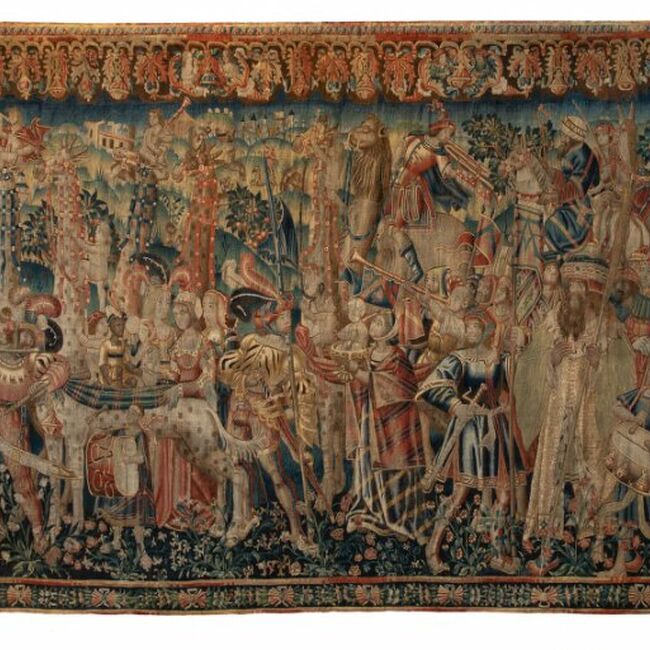



The 16th century
In the 1500s, Europe saw a rise in centralised states with great royal power. Gustav Vasa was elected king of Sweden in 1523. He consolidated his power by converting Sweden to Protestantism and introducing a hereditary monarchy.




The 17th century
The Baroque originated in Catholic Europe but spread to Protestant areas and throughout the world. The style is known for its dynamic compositions, strong emotions and direct appeal to the senses.




1720–1770
When the new royal palace in Stockholm had to be decorated, French Rococo was the buzzword. Local artists and craftsmen contributed, with porcelain manufacturing and silversmithing flowering.




1770–1800
Johan Tobias Sergel’s stay in Rome marks a shift in Swedish art from Rococo to Neoclassicism. Other Swedes followed his lead, but it was not until Gustav III’s 1783-1784 Italian tour that Neoclassicism became established here.




1800–1870
The French Revolution changed European art. After 1800, crafts and visual arts were politicised, while Classicism continued to dominate.




1897
Major art and industry exhibitions were arranged in the 19th century. In spectacular halls of glass and iron, visitors marvelled at awe-inspiring artistic and technological innovations.




1870–1910
The way we experience consumer society and spectacle today has its roots in the cosmopolitan culture of the late 19th century. No single art style or direction dominated, as parallel currents existed side by side.




The turn of the 20th century
When the idea of the nation state was established in the mid-19th century, it became important to develop a national culture and history. In the 1890s, National Romantic artists created the works we now consider 'typically Swedish'.




1920–1965
During the interwar period, art and design were mainly for people of substantial means. Still, there was a fledgling vision of a more equal society. After WWII, art, design, and society as a whole became more democratic.




1965–
Sweden's economic boom in the 1960s was followed by a recession in the 1970s. Working conditions for designers changed. Today, design has become a strategic tool, with some designers gaining global star status.
